We discovered a museum of automatic musical instruments in Ultrecht, the Speelklok Museum. Our family’s most special heirloom is an antique Eckhardt silver music box that my grandfather brought with him from Croatia. So this little museum of music box wonders was a delight for me.
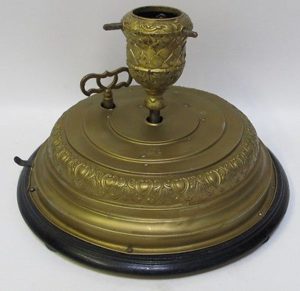
Our old German music box plays Silent Night and Oh Sanctisima. My father used to put it out every Christmas with a small Christmas tree that would spin. Here’s a little video of the music box.
We took the excellent tour provided for free by the museum. Our guide easily switched between Dutch and English while giving children in the group the opportunity to operate the machines. If we had not taken the tour, we would not have seen so many machines operate.

Here is the machine (above) operating. Many of the machines are so easy to play that even a child can play them. This child was asked to demonstrate during our tour.

Here is a short video of the bird in the cage (photo above) performing. And here’s another short video of the operation of the small box to the far right.
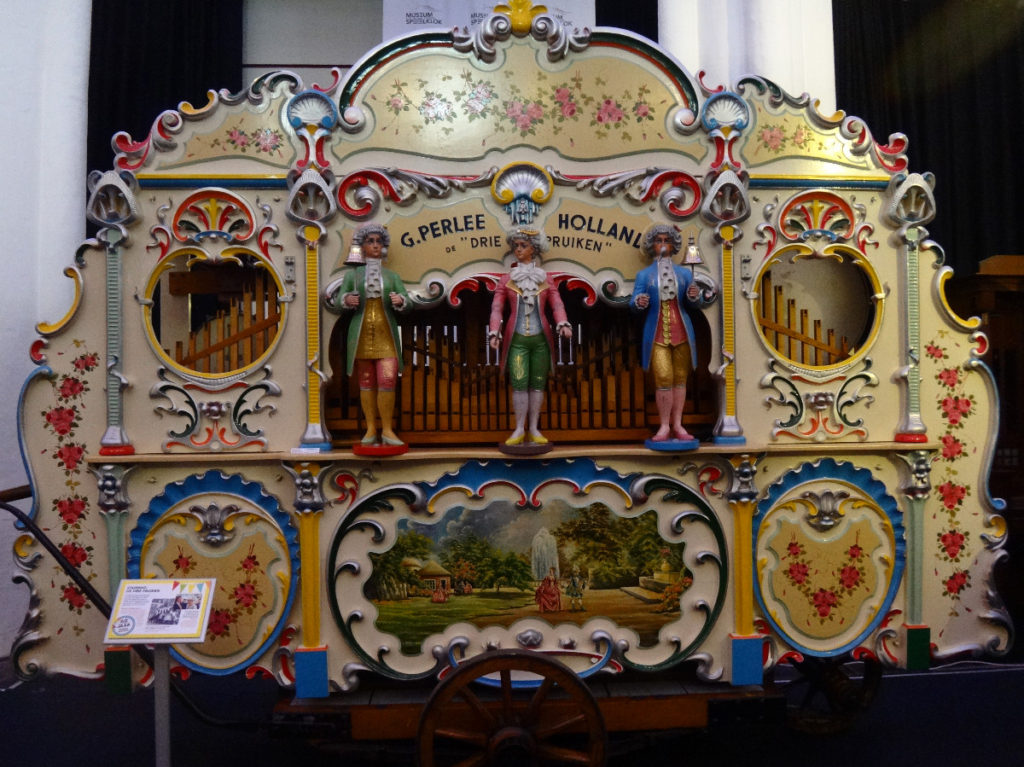
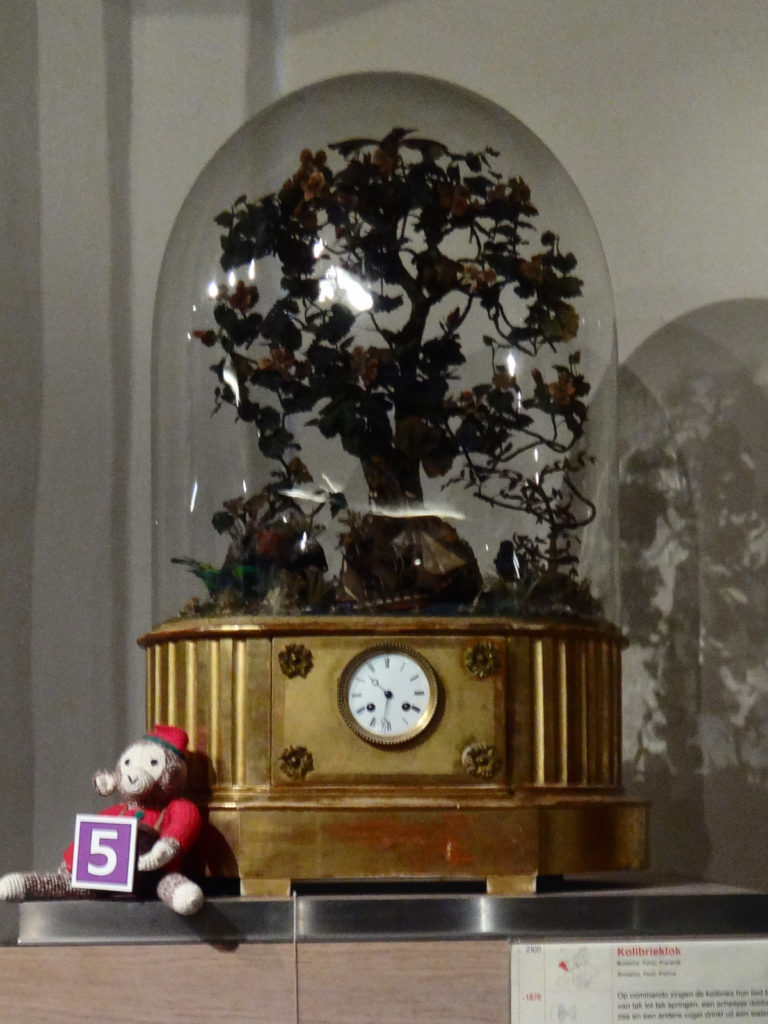
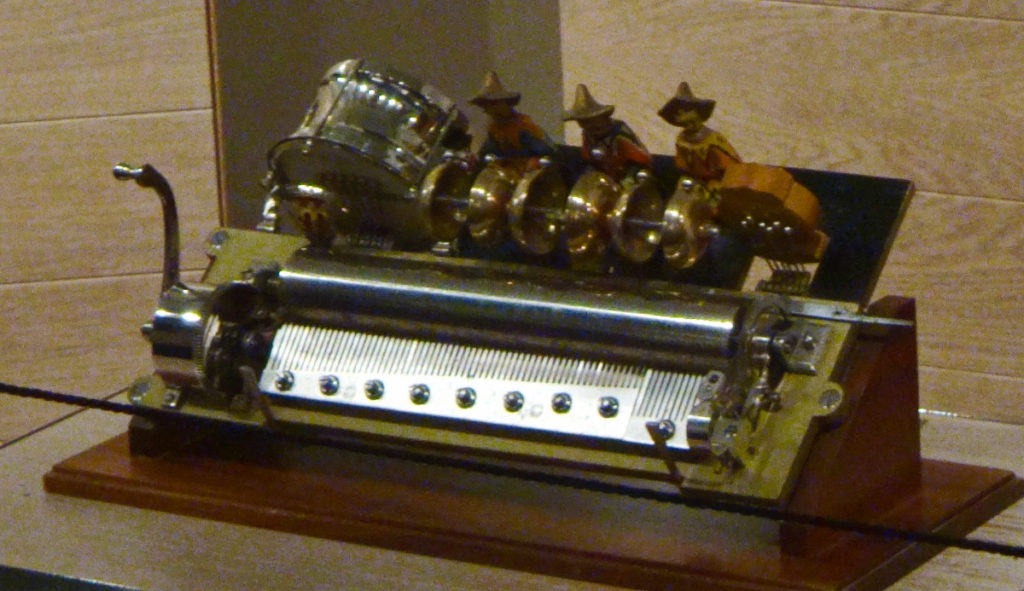
Here’s a video of the music box (above) in motion.


Here is the juke box playing a sweet old tune.
Here is a little video of a bunny popping up mechanically – but he is shy and quickly disappears.
This video is about a huge automatic machine playing one of its tunes. (I do not have a photo of this machine but you can see it in the video.) This is what the dampers look like opening and closing when the huge machine is working.

The entire museum is housed in a renovated old church. According to our Amsterdam tour guide, only about 40% of people in the Netherlands belong to a church and fewer than 10% worship regularly. That means there are a lot of churches throughout the country that have been decommissioned and are now used for new purposes such as the Speelklok Museum. The museum designers wisely chose to keep some of the heritage pieces on display in the church.

For example, this old bread table for the poor dates from 1603. Back in the day, guilds would sponsor their own altar in a church such as this bread table for the poor sponsored by the Saint Eloy Forgers’ Guild. According to a plaque in the museum, guild members used an inheritance from a rich forger to hand out five cents worth of bread and five cents in coins to 20 less fortunate members of the guild every Sunday.

The remains of a fresco on a wall in the upper loft shows the Tree of Jesse, a depiction of the lineage of Christ according to Jesaia II and Mathew I. This artwork was created by the Master of Evert van Soudenbalch about 1550. In 1600, the Netherlands was the richest country in the world and the great art of that period is seen as the result of those riches throughout the country.
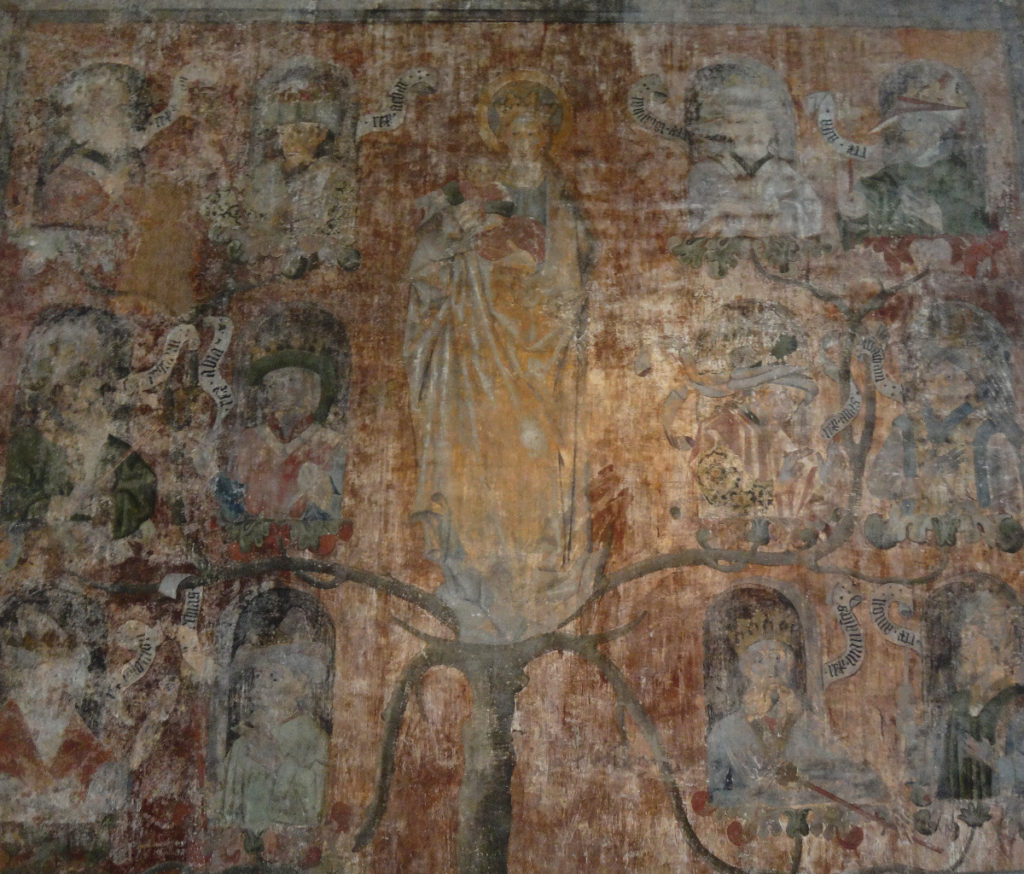
Admission to this don’t-miss museum is covered by the Museumkaart. Here’s one more little video that is a bit of a fantasy of a summer night.

